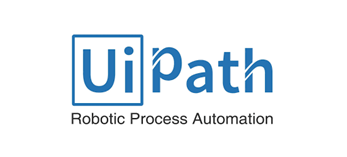

Robotic process automation (RPA) is a software technology that makes it
easy to build, deploy, and manage software robots that emulate human's actions
interacting with digital systems and software. Just like people, software
robots can do things like understand what’s on a screen, complete the right keystrokes,
navigate systems, identify, and extract data, and perform a wide range of
defined actions. But software robots can do it faster and more consistently
than people, without the need to get up and stretch or take a coffee break.
Robotic process automation streamlines workflows, which makes
organizations more profitable, flexible, and responsive. It also increases
employee satisfaction, engagement, and productivity by removing mundane tasks
from their workdays. RPA is noninvasive and can be rapidly implemented to accelerate digital
transformation. And it’s ideal for automating workflows that involve legacy systems that lack APIs, virtual desktop infrastructures (VDIs), or database
access. RPA is driving new efficiencies and freeing people from repetitive tedium
across a broad swath of industries and processes. Enterprises in industries
ranging from financial services to healthcare to manufacturing to the public
sector to retail and far beyond have implemented RPA in areas as diverse as
finance, compliance, legal, customer service, operations, and IT.